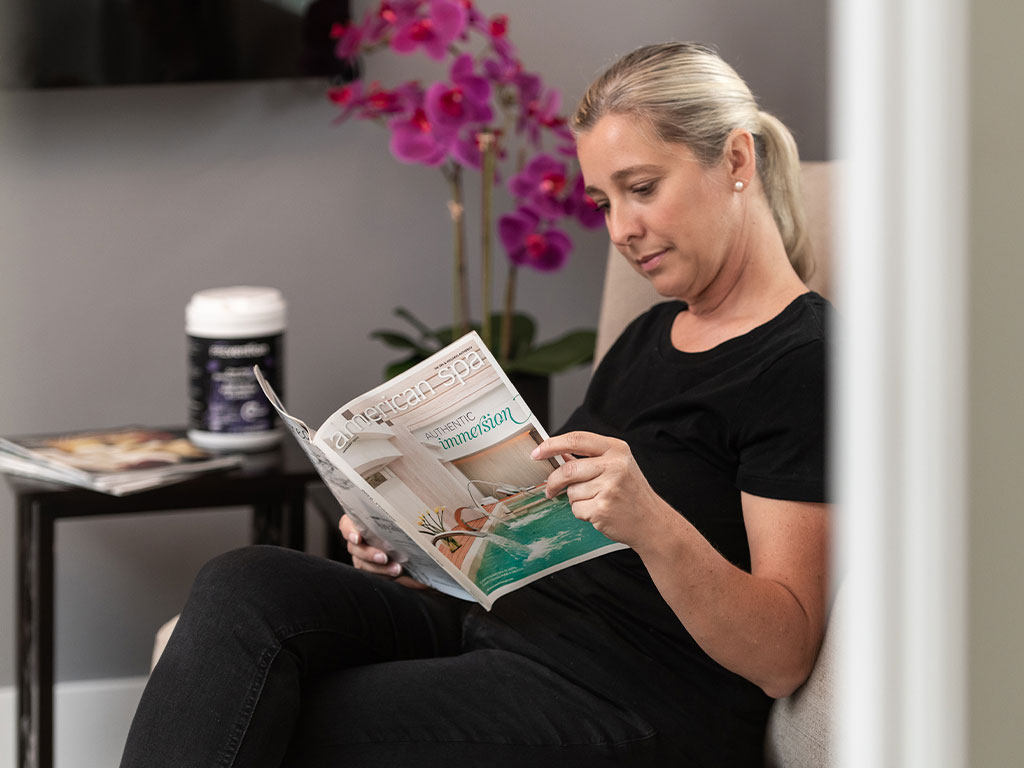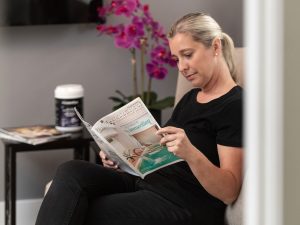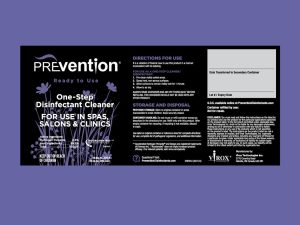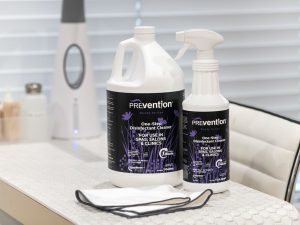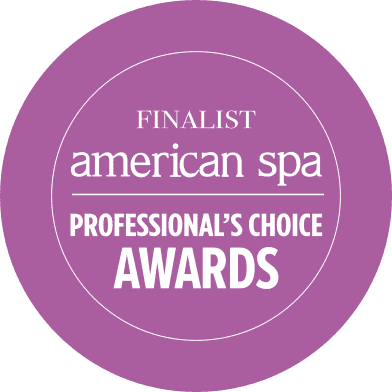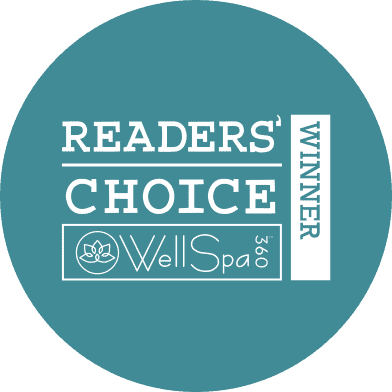Contact time – No disinfectant kills everything instantly – every product has what is known as a “contact time”, which is the length of time that the surface must remain wet to be effective. If the surface isn’t staying wet for the length of the contact time, you’re not disinfecting! Prevention’s contact time of 1 minute for viruses, bacteria and fungi, can be found on the product label.
Disinfectant – A disinfectant is a product that kills pathogens, such as bacteria, viruses or fungi, on a surface. Disinfecting surfaces in salons and spas is a critical step in preventing the spread of pathogens that can cause infection.
EPA-Registered – Surface disinfectants in the United States are registered with the Environmental Protection Agency (EPA). The EPA reviews each product to make sure that its claims are backed up by third-party data, and assigns an EPA registration number. If a product doesn’t have an EPA registration number on its label, it is not approved for disinfecting your surfaces!
Hospital- Grade – While there are many disinfectants on the market, hospital-grade disinfectants are products that meet the standards to be used in healthcare settings, with proven effectiveness against important bacteria. Consumer products may be okay for home use, but professional settings such as salons and spas should rely on disinfectants, like Prevention, that are trusted in healthcare.
OSHA Bloodborne Pathogens Standard – This is a regulation under the Occupational Safety and Health Administration (OSHA) designed to protect workers against hazards posed by bloodborne pathogens. In workplaces such as salons and spas, where exposure to bloodborne pathogens may occur, it is important to use a disinfectant, such as Prevention, that meets the recommendations under this standard, with demonstrated effectiveness against Hepatitis B virus (HBV), Hepatitis C virus (HCV) and HIV-1.
Pathogen – Commonly known as germs, pathogens are microorganisms that can cause disease. Pathogens can be viruses, like influenza (seasonal flu) or Coronavirus, bacteria like Staphylococcus and MRSA (Methicillin-resistant Staphylococcus aureus), or even fungi, such as Trichophyton interdigitale, which causes nail fungus and athlete’s foot.
Ready-to-Use (RTU) Spray- RTU Spray is a formulation that is ready to be used as-is and does not require dilution with water or mixing with any other solutions. This allows for a convenient option to quickly disinfect between appointments.
Refill pouches (for wipes) – As an alternative to purchasing a new canister of disinfectant wipes, refill pouches are a convenient option made with 90% less plastic than a canister wipe. Refills wipes are eco-friendly, cost-effective, and easy to store. Pouches can be inserted directly into the empty canister, and cut along the dotted line.
Safety Data Sheet (SDS) – Safety Data Sheets (SDS) are documents that communicate important safety information about a product to its users. OSHA standards require that SDSs are provided by employers whenever handling chemicals. A disinfectant’s SDS will contain instructions on how to safely apply, store and dispose of the product, highlighting any precautions to be aware of.
Sanitizing – Sanitizing reduces the amount of bacteria on a surface to a safe level, as determined by public health or other standards. However, sanitizing does not kill viruses or fungi and cannot be used in place of disinfection to prevent infection in salon and spa environments.
Shelf Life: The length of time that a disinfectant remains effective from when it is produced. The expiry date of the solution should be indicated on the container. If using a product that requires preparation (e.g., mixing, dilution with water, activation), it’s important to understand the shelf life of the prepared solution, which can often be much shorter.
Workplace/ Secondary Product Labels: Workplace/ Secondary Product Labels are additional labels to be used when decanting your Prevention solution from the original bottle into a secondary container, such as a spray bottle. Workplace labels list important product information and allows you to keep track of the expiration date. These workplace/ Product Labels are available through your distributor.


